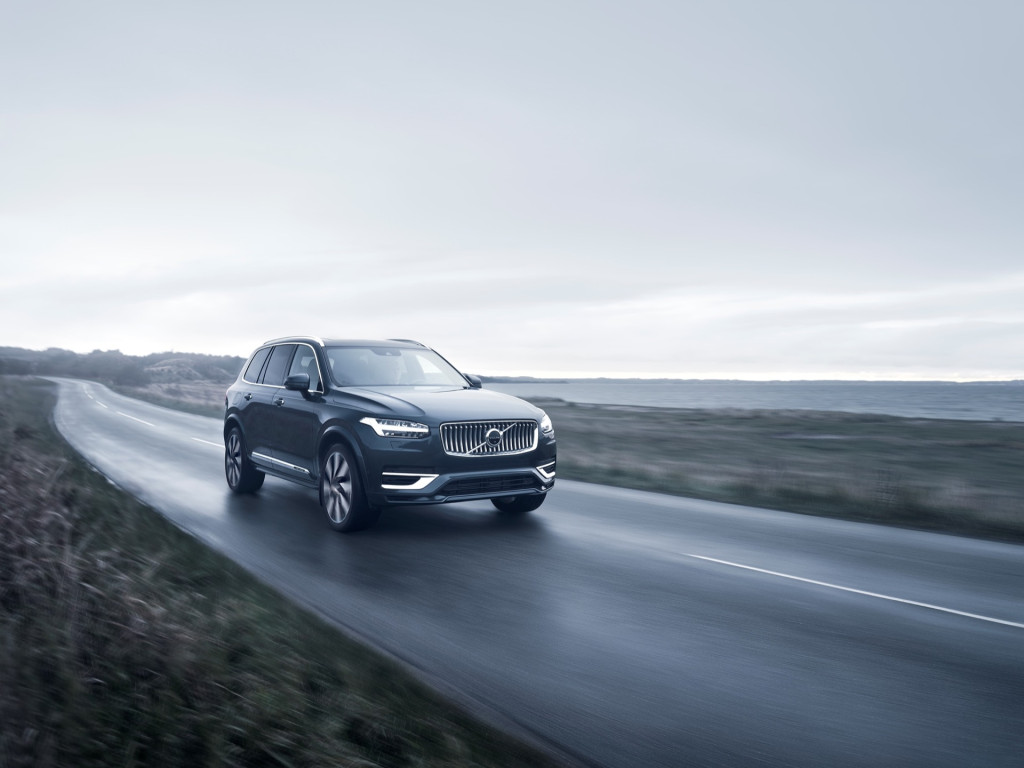If plug-in hybrid drivers don't charge their vehicles often, they're effectively driving gasoline cars with added battery weight that doesn't necessarily help reduce emissions. Now the EPA is adjusting for that.
As explained in an International Council on Clean Transportation (ICCT) blog post, a proposed EPA regulation released April 12 would lower the estimated amount of electric driving for PHEVs for the purposes of calculating greenhouse gas emissions.
To date, the EPA has given plug-in hybrids the benefit of the doubt when it comes to regulations. Those regulations have been written assuming that drivers plug in regularly and maximize electric range.

PHEV electric mode usage (credit: International Council on Clean Transportation)
But a 2022 ICCT study found that they actually don't. Using self-reported fuel data from the website Fuelly.com and data for engine-off distances traveled sourced from the California Bureau of Automotive Repair (BAR), results showed that real-world electric miles driven by plug-in hybrids may be 25%-65% lower, and fuel consumption 42%-67% higher, than EPA-sanctioned window-sticker labels.
To account for this, the EPA will in the future start assuming that people don't plug in their plug-in hybrids quite as much—with a lower "utility factor" in fleet emissions calculations than currently. For example, a plug-in hybrid with a 35-mile electric range would be labeled as being 45% of the way to zero-carbon emissions, down from 57% currently. The proposed rule is currently in its public comment period, which runs through July 5.

2023 Volvo XC90
Excessive emissions from plug-in hybrids has been discussed before. A 2020 study from Transport & Environment found that plug-in hybrids were polluting more than claimed because they weren't very usable as EVs, lacking power, range, and practical charging times.
Limited electric range has made many plug-in hybrids irrelevant for reducing emissions, something California aims to address with new rules that will require what amounts to 50-mile plug-in hybrids by 2035. These plug-in hybrids will be essentially the only new passenger cars eligible for sale in the state at that time.
Europe, meanwhile, has actually considered ending the plug-in hybrid era early and going all-in on EVs because of their questionable real-world effects.












